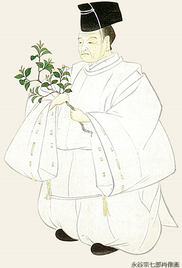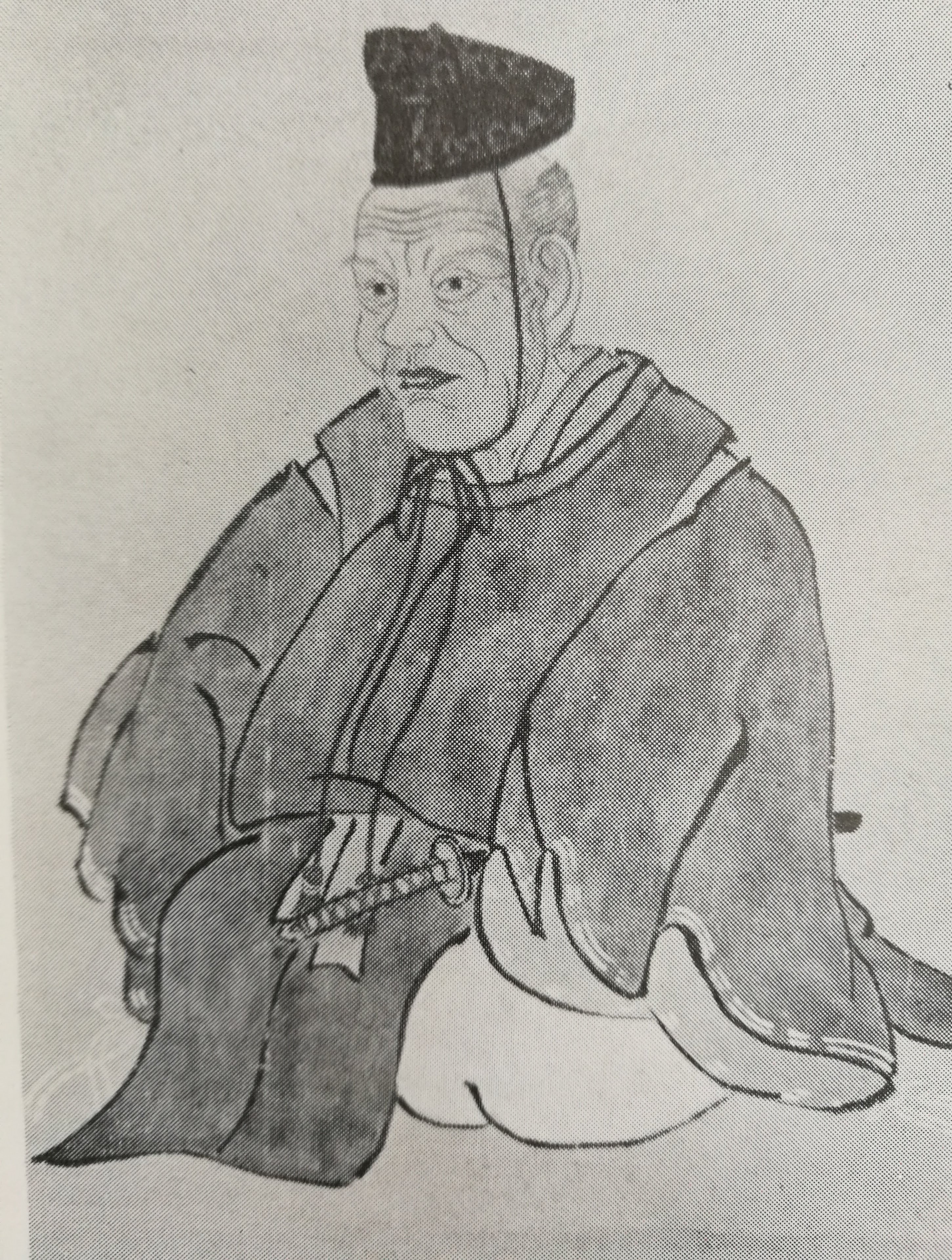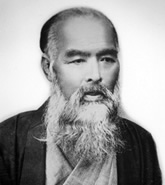According to the oldest documents about Sayama cha, we can trace our history back to 1200s.
Eisai(栄西,1141-1215))brought tea trees from china to Japan in around 1214. And tea harvesting were spread by
the temple. On those days, temples had important role for information transfer.
At that time, people drink tea not as processed green tea that we have today, but just ground powder, and
they were drinking them in boiled water.
Tea harvesting in our region appeared firstly in the historical document named "Iseiteikinourai(「異制庭訓往来」,
around 1400)". Sayama district(Musashi-Kawagoe) are counted as one of the most famous tea harvesting area
lined with Kyoto and Shizuoka.
After that, it is said that tea wasn't able to be steadly harvested under the age of civil Wars. On those
days, people were drinking tea in rough style, like just ground powder in hot water or boiling water with
raw tea leaves.
History of Japanese green tea had changed in Edo era by
Soen Nagatani(永谷宗円,1681-1778) who
developed processing method for steamed green tea that we know today as "Sencha".

Soen Nagatani, the Father of Sencha
(Origin:永谷宗円茶店 永谷宗円像 URLhttp://www.nagatanisouen.com/about/01.html)
Then, by riding the trends of steamed green tea, Yoshizumi Yoshikawa(吉川温恭), Morimasa Murano(村野盛政), and
Hanemon Sashida(指田半衛門) were endeavoring for making industry system of green tea in our region around
1750~1780. Exactly, this is our direct origin of Sayama cha. But the name of Sayama cha didn't exist at that
time.

Yoshizumi Yoshikawa, the Father of Sayama cha
(Origin:狭山茶業史 p.17 吉川忠八像)
Sayama region came to be one of the largest tea producting areas in Japan as the adjacent area of
Edo(Tokyo). Especially, Iruma, Sayama, tokorozawa city area had a large amount of tea, beacause these areas
are located in Sayama hill and have good environment for cultivating tea trees.
Then, an entrepreneur from "Koma Musashi"(Hidaka city, Saitama), Kenzo Takabayashi(高林謙三) developed tea
leaves rolling machine in 1897. Through this development, the process of tea leaves came to be more
efficient from a handcrafted processed method to modernized the mechanical method.
In the same age, the trading companies including "Sayama company" had founded and trying to export Sayama
cha to foreign countries. Finally, it ended up failing to make steady business, but this frontier spirit
must still remain in our hearts.

the Father of modern tea manufacturing, Kenzo
takabayashi
(Origin:埼玉県庁HP 高林謙三像 URL:https://www.pref.saitama.lg.jp/a0305/ijindatabase/syosai-179.html)
Under world war Ⅱ, though some parts of the tea farms were damaged or changed their crops to other products
including potato, many parts of them were protected and remain today. After the war, tea consumption
instantaneously increased by the population burst in metropolitan areas. The production amount of tea in
Saitama prefecture got over 3000t and came to be proud of the largest tea producing areas in Japan again.
But after the 1980s, tea farms and production amounts decreased by development as housing areas and a sudden
rise in the land price.
Reference:埼玉県茶業協会編(1983)『狭山茶業史』
※ 画像の引用に際しては、著作権法32条の(引用)に当たる範囲内での使用とする。


